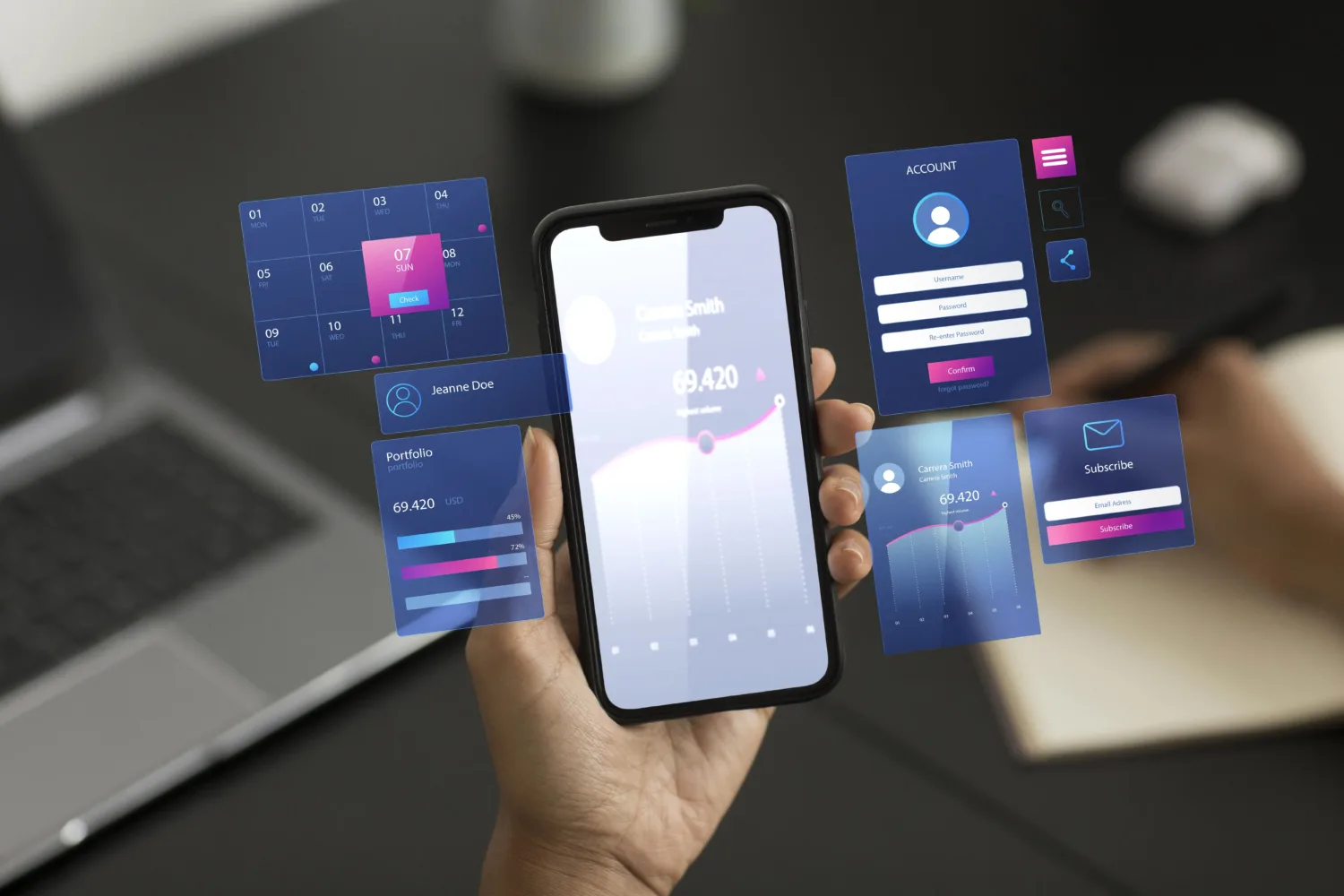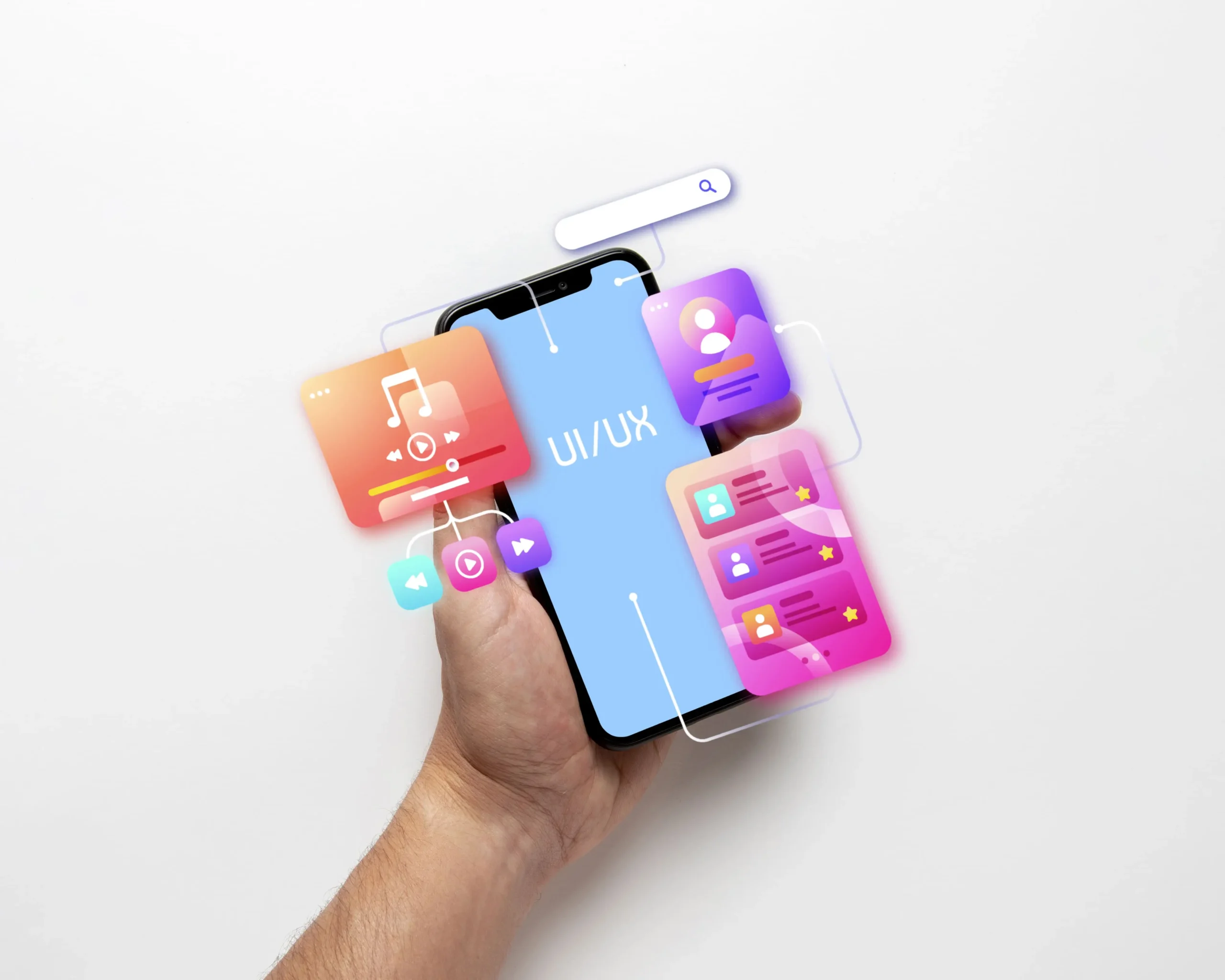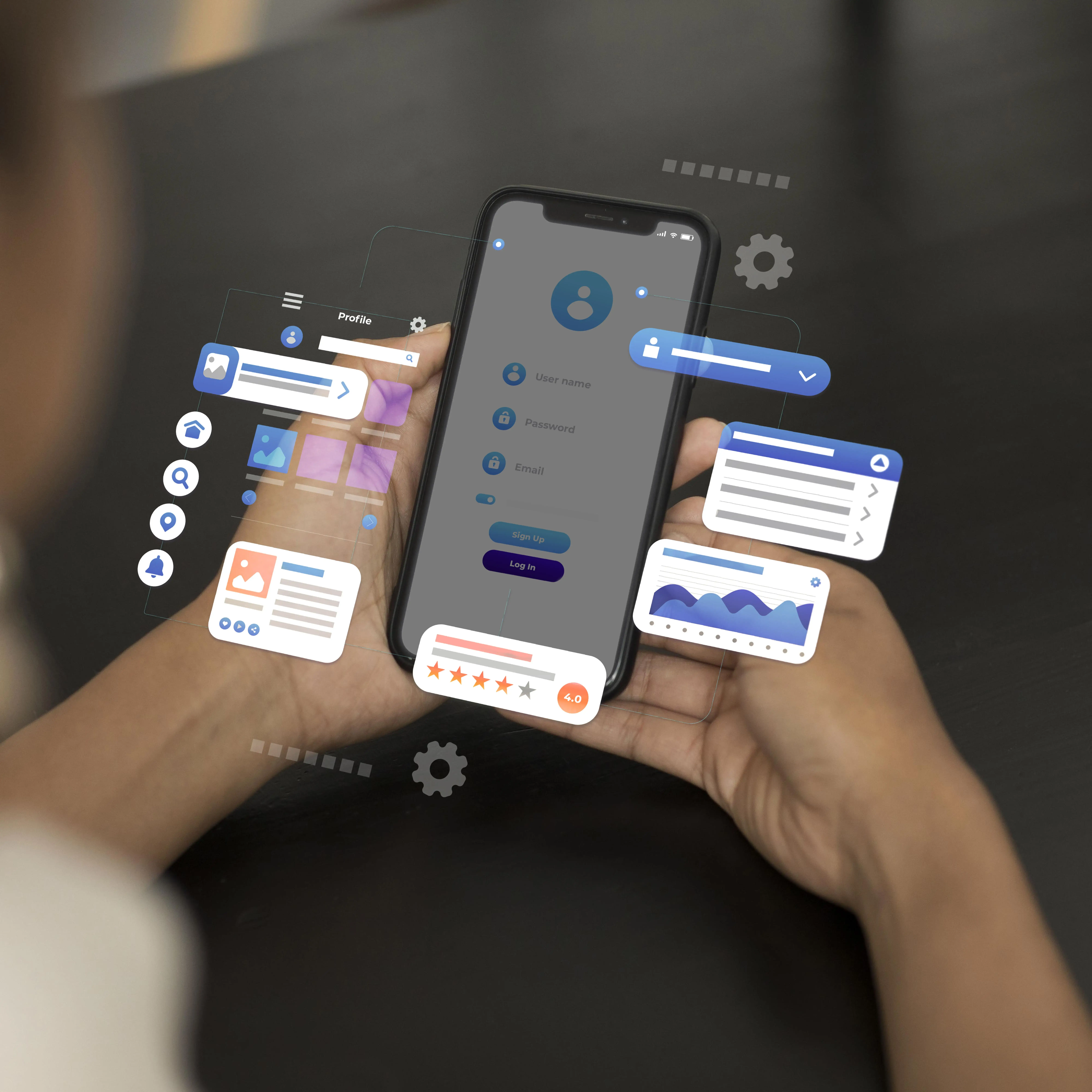
Key Factors Influencing the Time for Mobile App Development
Developing a mobile app is an intricate process that involves various stages, each contributing to the overall timeline. Understanding the factors that influence the time required for mobile app development is crucial for businesses aiming to bring their apps to market efficiently. In this blog, we’ll explore the key factors that impact the app development process and how they affect the overall timeline.
1. App Development Process
The app development process itself is the foundation that determines the timeline. From ideation to deployment, each phase—planning, design, development, testing, and launch—requires careful execution. A well-structured app development process ensures that all aspects are covered, minimizing delays and ensuring a smooth workflow.
2. Complexity of the App
One of the most significant factors influencing development time is the complexity of the app. Apps with advanced features, such as real-time data processing, extensive databases, or intricate user interactions, require more time to develop. Simple apps with basic functionalities can be developed faster, while more complex ones demand extensive coding, testing, and debugging.
3. Platform
The choice of platform—iOS, Android, or both—also affects the development timeline. Developing for multiple platforms requires additional time for coding, testing, and optimization. Cross-platform development tools can help speed up the process, but native app development often yields better performance and user experience.
4. Team Size and Expertise
The size and expertise of the development team play a critical role in determining how quickly an app can be developed. A larger team with specialized skills in various aspects of app development, such as UI/UX design, backend development, and quality assurance, can expedite the process. However, effective communication and coordination are essential to avoid bottlenecks.
5. Integration with Third-Party Services
Many apps require integration with third-party services, such as payment gateways, social media platforms, or cloud storage providers. While these integrations can enhance app functionality, they often introduce additional complexity and require thorough testing to ensure seamless operation.
6. Custom vs. Template-Based Solutions
Choosing between custom and template-based solutions significantly impacts the development timeline. Custom app development allows for tailored features and unique designs, but it takes more time to develop. On the other hand, template-based solutions can be quicker to implement but may lack the flexibility and customization needed for specific business requirements.
7. User Interface and User Experience (UI/UX) Design
The UI/UX design phase is crucial for creating an engaging and intuitive app. A well-designed user interface and a seamless user experience are essential for user satisfaction, but achieving this requires time and effort. Iterative design processes, including wireframing, prototyping, and user feedback, can extend the development timeline.
8. Testing and Quality Assurance
Testing and quality assurance are vital to ensure that the app functions as intended and provides a smooth user experience. This phase includes various types of testing, such as functional testing, performance testing, and security testing. Thorough testing helps identify and resolve issues before the app is launched, but it can also add significant time to the development process.
9. Backend Development and API Integration
The backend of an app handles data processing, storage, and communication with external services. Developing a robust backend and integrating APIs is often time-consuming, especially for apps that require complex data handling or interaction with multiple third-party services. Efficient backend development is crucial for the app’s overall performance and reliability.
10. Deployment and Launch
Finally, the deployment and launch phase involves publishing the app on app stores, setting up distribution channels, and ensuring that the app meets the guidelines and requirements of platforms like the Apple App Store and Google Play Store. This phase also includes final checks, marketing efforts, and post-launch support, all of which can affect the timeline.
Conclusion
The time required for mobile app development is influenced by a variety of factors, each contributing to the overall timeline. By understanding these key factors—such as the complexity of the app, platform choice, team size, and testing requirements—businesses can better plan their app development projects and set realistic timelines. As a leading Mobile App Development Company in Dubai, SentieroTech’s experienced team ensures that each phase of the app development process is executed efficiently, delivering high-quality apps within the expected timeframe.




